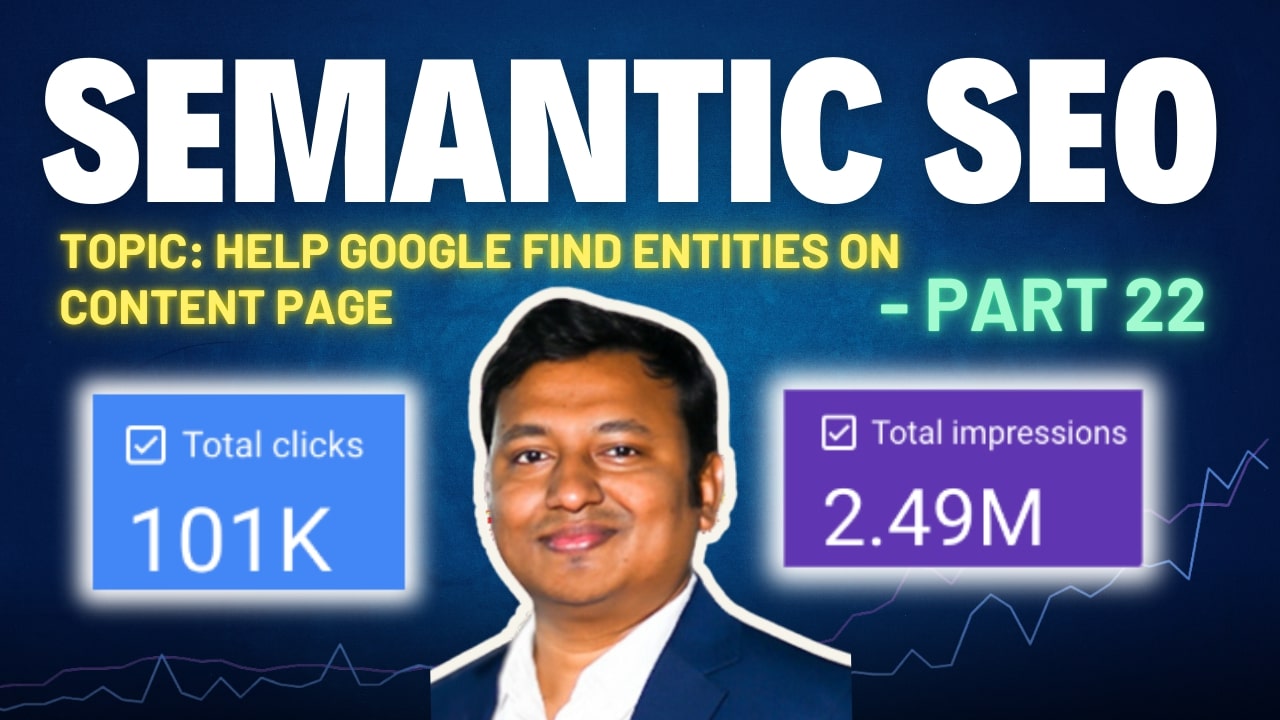“If Google can detect entities, why do we need to help it?”
Because machine understanding isn’t perfect—especially with ambiguous content, missing markup, or disorganized information architecture.
Objective of This Phase
The core mission here is to explicitly pass entity information to Google in a machine-readable format.
- This format is schema.org Structured Data, ideally in JSON-LD.
- Why? Because it allows you to define:
- What the entity is (e.g.,
@type: Product, Person, Organization) - What its attributes are (e.g.,
name,brand,location) - How it relates to other things (
sameAs,offers,relatedLink)
- What the entity is (e.g.,
<script>
“about”: [
{“@type”: “Thing”, “name”: “Google_Knowledge_Graph”, “sameAs”: “https://en.wikipedia.org/wiki/Google_Knowledge_Graph”},
{“@type”: “Organization”, “name”: “Google”, “sameAs”: “https://en.wikipedia.org/wiki/Google”},
{“@type”: “Thing”, “name”: “knowledge graph”, “sameAs”: “https://en.wikipedia.org/wiki/Knowledge_Graph”},
],
“mentions”: [
{“@type”: “Thing”, “name”: “concept”, “sameAs”: “https://en.wikipedia.org/wiki/Concept”},
{“@type”: “Thing”, “name”: “users”, “sameAs”: “https://en.wikipedia.org/wiki/User_(computing)”},
{“@type”: “Thing”, “name”: “entities”, “sameAs”: “https://en.wikipedia.org/wiki/Named_entity”},
{“@type”: “Thing”, “name”: “data”, “sameAs”: “https://en.wikipedia.org/wiki/Data”},
{“@type”: “Thing”, “name”: “INPUT”, “sameAs”: “https://en.wikipedia.org/wiki/Information”},
{“@type”: “Thing”, “name”: “result”, “sameAs”: “https://en.wikipedia.org/wiki/Result”}
]
}
</script>
This schema is doing 3 things:
1. Categorizing the concept into either thing, person, place or organization
- “@type”: “Thing”; “@type”: “Organization”
2. Expressing the Keyword you are using
- “name”: “Google_Knowledge_Graph”,
3. Connecting that keyword to something that has a KGMID, such as a Wikipedia article
“sameAs”: https://en.wikipedia.org/wiki/Google_Knowledge_Graph
What Kind of Schema Should You Use?
Let’s break it down by page type:
1. Homepage
Organizationschema if you’re a companyLocalBusinessschema if you have a local office or storeWebSiteorWebPagefor general presence
2. Category Pages
- Often don’t require rich schemas
- Optionally, use
ItemListor breadcrumb schemas
3. Product Pages
- Use
Productschema - Include attributes: name, image, price, availability, aggregateRating
4. Service Pages (Local SEO)
- Use
Service+LocalBusiness - Include:
areaServed,audience,provider,sameAs,description,hasOfferCatalog
5. Content Pages (Blog, Articles)
- Use
ArticleorBlogPosting - Define:
headline,author,datePublished,publisher,sameAs
ALSO READ …
- What is entity recognition in semantic
- What is entity-based content
- How Google detects entities using NLP
- How to extract entities from Textrazor (Free Tool)
- What is structured data
Core Entity Markup Pattern (E-A-V)
Using E-A-V (Entity-Attribute-Value) in schema:
{
"@context": "https://schema.org",
"@type": "Product",
"name": "iPhone 16",
"brand": {
"@type": "Organization",
"name": "Apple Inc.",
"sameAs": "https://en.wikipedia.org/wiki/Apple_Inc."
},
"offers": {
"@type": "Offer",
"price": "1299.00",
"priceCurrency": "USD",
"availability": "https://schema.org/InStock"
}
}This markup anchors the entity and its attributes into Google’s NLP pipeline. If you omit this, Google may infer, but never with full confidence.
Use of sameAs
- Links entities to canonical sources (Wikipedia, LinkedIn, company websites)
- Disambiguates meaning (e.g., “Plumbing” as a service, not a song or brand)
- Examples:
"sameAs": [
"https://en.wikipedia.org/wiki/Plumbing",
"https://www.facebook.com/mrrooter"
]Testing Your Schema
Use tools like:
- Rich Results Test
- Schema Markup Validator
- [Google Search Console] (for validation coverage reports)
Make sure:
- Entities are present and typed
- Attributes are accurate and complete
- No warnings (e.g., missing required fields like
name,url,image)
Common Mistakes
- Using incorrect schema types (
Articleinstead ofService) - Missing
sameAsURLs (no entity disambiguation) - Adding markup without real on-page content to match
- Keyword stuffing inside structured data
Best Practices
| Practice | Benefit |
|---|---|
Use sameAs with authoritative sources | Boosts Google’s confidence in entity mapping |
| Add schema to key pages only | Improves efficiency and relevance |
| Validate all JSON-LD regularly | Prevents crawl/indexing errors |
| Align schema content with visible content | Avoids spam/penalties |
| Include reviews, ratings, and availability | Enables rich results (stars, stock, etc.) |
Semantic SEO Insight
Structured Data is not just for SERP features—it’s for machine understanding.
It tells Google:
- What this page is about
- Which entities it connects to
- Why this page deserves ranking over others
Final Note on Entity-Based Indexing
Google uses this structured data to:
- Enrich the Knowledge Graph
- Disambiguate entity mentions
- Improve personalization
- Power voice search, Discover, and Google Lens
In essence, you are feeding the machine—not just decorating the SERP.
Next in Part 23: What is Query Semantics? Understanding Context in Search Queries
Disclaimer: This [embedded] video is recorded in Bengali Language. You can watch with auto-generated English Subtitle (CC) by YouTube. It may have some errors in words and spelling. We are not accountable for it.
